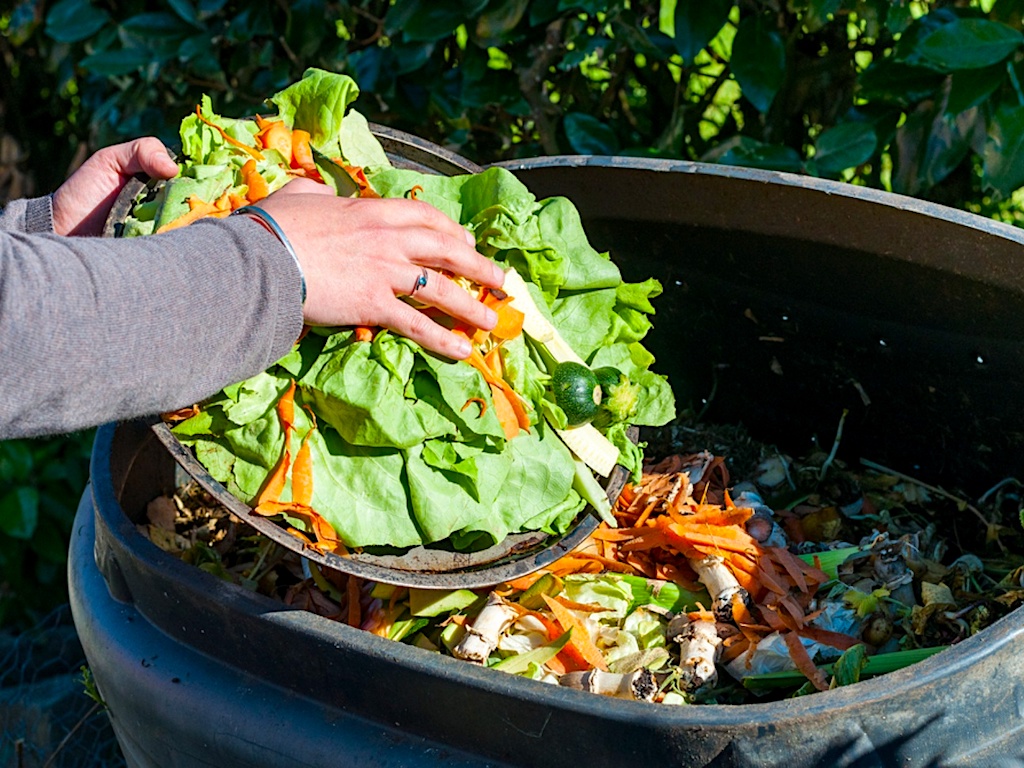Preventing food spoilage in the kitchen involves proper storage, handling, and awareness of food safety practices. Here are some tips to help prevent food spoilage:
Storage Practices:
- Refrigeration: Refrigerate perishable foods promptly. Keep the refrigerator temperature at or below 40°F (4°C).
- Freezing: Freeze food that you won’t use within a few days. Ensure proper packaging to prevent freezer burn.
- Check Expiry Dates: Regularly check the expiry dates of packaged and canned goods. Use the oldest items first.
Proper Food Handling:
- Clean Hands and Surfaces: Wash your hands and kitchen surfaces thoroughly before and after handling food to prevent cross-contamination.
- Separate Raw and Cooked Foods: Use separate cutting boards and utensils for raw and cooked foods to avoid cross-contamination.
Smart Shopping:
- Check Produce: Inspect fruits and vegetables for freshness. Avoid purchasing items with bruises, mold, or signs of spoilage.
- Buy in Moderation: Avoid overbuying perishable items that you may not use before they spoil.

Effective Meal Planning:
- Plan Meals: Plan your meals for the week, and buy only what you need. This helps prevent unnecessary purchases that may go to waste.
- Batch Cooking: Cook in batches and store leftovers properly for later use.
. Proper Storage Containers:
- Airtight Containers: Store food in airtight containers to prevent exposure to air, which can accelerate spoilage.
- Refrigerator Storage: Store raw meat, poultry, and seafood on the bottom shelf of the refrigerator to prevent drips onto other foods.
6. Regular Refrigerator Maintenance:
- Clean the Fridge: Regularly clean your refrigerator to prevent the growth of mold and bacteria.
- Check Temperature: Ensure your refrigerator is set at the recommended temperature to slow down the growth of bacteria.
7. Preservation Techniques:
- Freezing and Canning: Learn basic food preservation techniques such as freezing, canning, pickling, and dehydrating to extend the shelf life of foods.
- Use Fresh Ingredients: Use fresh ingredients when possible, and be mindful of how long certain items can be stored.
8. Educate Yourself on Shelf Life:
- Understand Shelf Life: Know the typical shelf life of common food items, and use them before they spoil.
- Rotate Stock: Practice the “first in, first out” method to use older items before newer ones.
9. Avoid Overpacking the Fridge:
- Proper Airflow: Do not overpack your refrigerator, as proper airflow is essential for maintaining consistent temperatures.
10. Monitor Your Pantry:
- Pantry Organization: Keep your pantry organized, and regularly check for signs of pests or expired items.
- Use Dry Goods Promptly: Use dry goods such as grains and legumes within a reasonable timeframe to prevent them from going stale.
By adopting these practices, you can significantly reduce the risk of food spoilage in your kitchen, ensuring that your food stays fresh, safe, and enjoyable for as long as possible.
Minimizing food waste is an important step toward reducing environmental impact and conserving resources. Here are some practical tips to help minimize food waste:
Planning and Shopping:
- Make a Shopping List:
- Plan meals ahead of time and create a shopping list to avoid buying unnecessary items.
- Buy in Bulk Wisely:
- Purchase non-perishable items in bulk if you know you’ll use them before they expire.
- Check Expiration Dates:
- Be mindful of expiration dates while shopping, and try to choose products with later dates.
- Understand Date Labels:
- Understand the difference between “use by,” “sell by,” and “best before” dates to make informed decisions. Many foods are safe to consume after the “best before” date.
Storage:
- Organize Your Fridge:
- Keep your refrigerator organized so you can easily see what needs to be used before it goes bad.
- First In, First Out (FIFO):
- Use the FIFO method (first in, first out) when storing food. Place newer items behind older ones to ensure you use the older items first.
- Proper Storage Conditions:
- Store fruits and vegetables in the designated crisper drawers with appropriate humidity settings. Keep perishable items in the coldest part of the fridge.
- Freeze Excess:
- If you have excess food that you won’t be able to consume before it goes bad, consider freezing it for later use.

Meal Preparation:
- Portion Control:
- Serve and consume reasonable portions to avoid leftovers that may go uneaten.
- Use Leftovers Creatively:
- Get creative with leftovers by incorporating them into new meals. For example, use leftover vegetables in a stir-fry or soups.
Waste Reduction Techniques:
- Composting:
- Compost food scraps and non-edible food parts instead of throwing them in the trash. This reduces landfill waste and creates nutrient-rich compost.
- Donate Surplus Food:
- Consider donating non-perishable items and surplus fresh produce to local food banks or charities.
- Preserve Fresh Produce:
- Preserve fruits and vegetables by canning, pickling, or making jams and sauces.
Conscious Consumption:
- Be Mindful of Portions at Restaurants:
- When dining out, be mindful of portion sizes and consider sharing dishes if the portions are large.
- Educate Yourself:
- Stay informed about food storage and preservation techniques to extend the life of your groceries.
- Repurpose Scraps:
- Repurpose vegetable scraps to make broths, and consider using citrus peels for zest or homemade cleaners.
By incorporating these habits into your routine, you can contribute to reducing food waste and make a positive impact on both the environment and your household budget.
How to Prevent Food spoilage in kitchen
- Refrigeration: Store perishable items in the refrigerator at the recommended temperatures. Keep the fridge clean and organized.
- Freezing: Freeze items that you won’t use immediately to extend their shelf life.
- Use Airtight Containers: Store leftovers and opened food items in airtight containers to prevent exposure to air and moisture.
